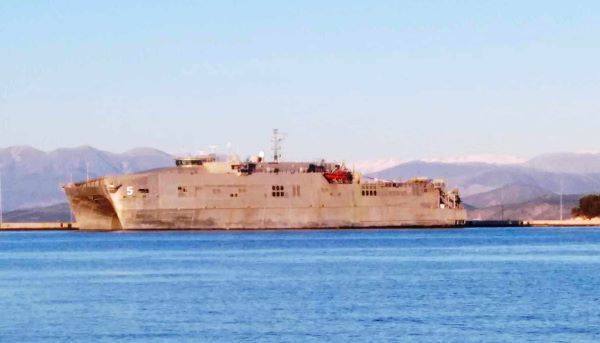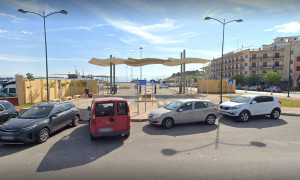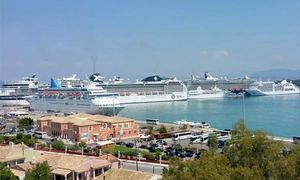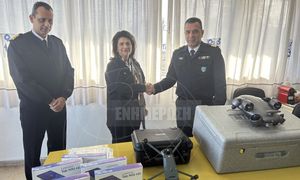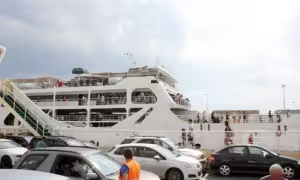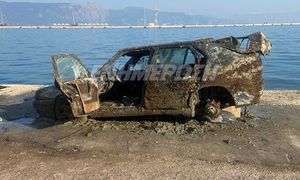The development of Expeditionary Fast Transport (EPF) ships began in the early 2000s under the Joint High-Speed Vessel (JHSV) programme, combining the respective designs to meet the operational requirements of the U.S. Army, Navy, and Marine Corps. Currently, 13 ships of the Spearhead class are in operation with the Military Sealift Command, and two more are under construction, fulfilling a total requirement of 16, with an additional three equipped for medical missions.
Their primary role is the rapid transport of material (vehicles, supplies, and other items totaling up to 600 tons) and, secondarily, personnel (up to 312 passengers) to various theatres of operations for U.S. military needs worldwide. However, in an effort to broaden their utility, the U.S. Navy often employs these ships in humanitarian missions, transporting supplies to areas affected by natural disasters, etc.
A notable example occurred in June 2018 during a dispute between Maltese and Italian authorities over the reception of 41 Libyan refugees adrift off the coast of Sicily. Amidst delays in launching a rescue operation, the Trenton, which happened to be in the broader area at the time, rushed to successfully collect all refugees from the sea, saving them.
Finally, it is worth noting that within the framework of current U.S. and allied plans for force deployment in Europe and the Middle East, the presence of ships of this type in Greek ports (such as Souda and Alexandroupolis) has become quite frequent recently. The last time a ship of this type (the USNS Carson City T-EPF-7) was in Corfu for rest and replenishment was in May of last year.
